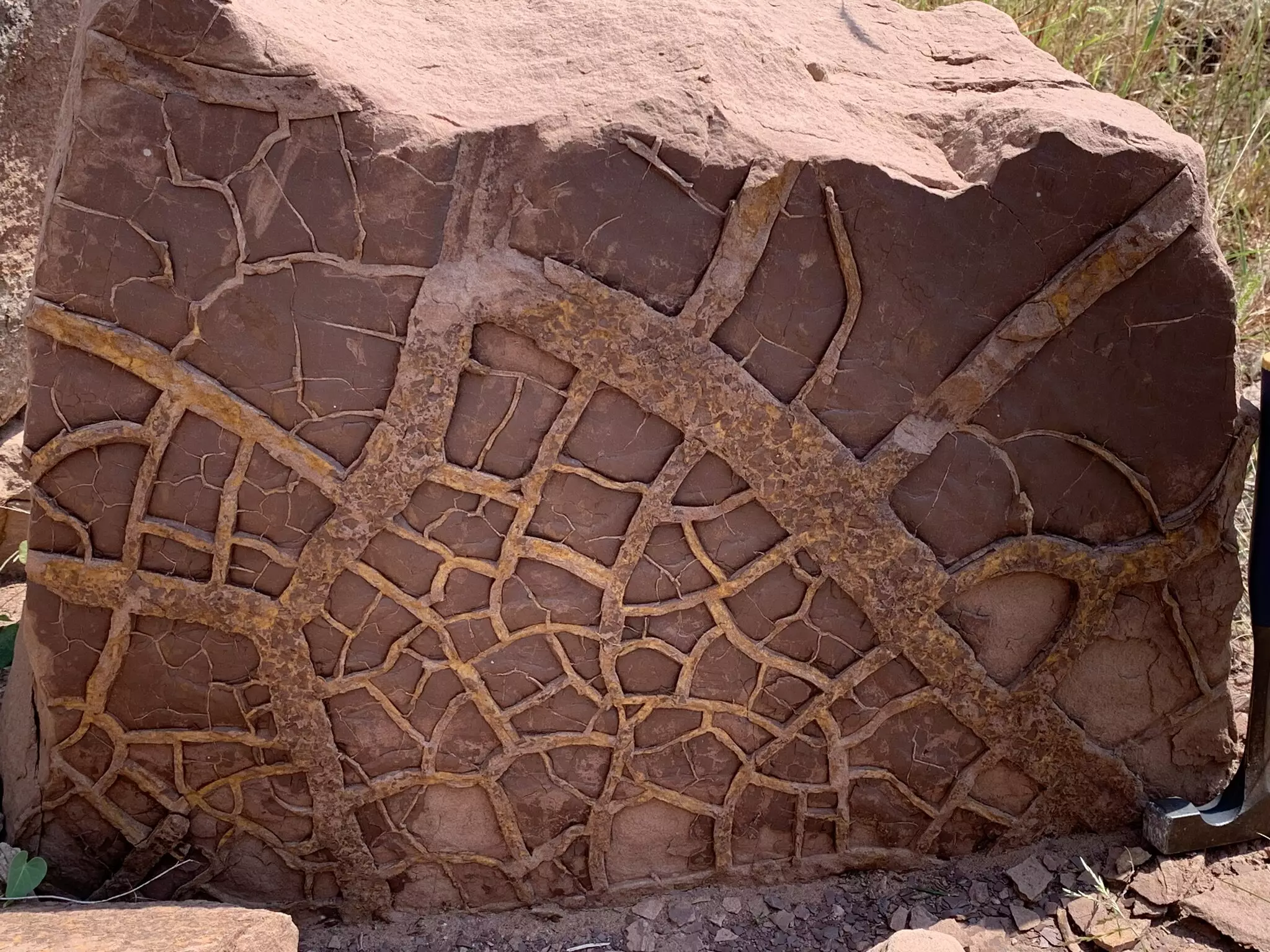The Earth has witnessed a number of catastrophic events throughout its history, with the Permian-Triassic extinction event standing out as one of the most significant. Recent research highlights the role of prolonged mega-El Niño events as a primary contributor to this unprecedented mass extinction that occurred approximately 252 million years ago. This study not only advances our understanding of ancient climate systems but also draws striking parallels with current global warming scenarios, revealing the complex interplay between climate, ecosystems, and life forms.
Historically, scientists attributed the primary cause of the Permian-Triassic extinction to extensive volcanic eruptions in present-day Siberia. These eruptions released vast quantities of carbon dioxide into the atmosphere, resulting in rapid warming that destabilized both marine and terrestrial ecosystems. However, this new research, co-led by institutions including the University of Bristol and the China University of Geosciences, emphasizes a different dimension of climate change: extreme variability in weather patterns. Dr. Alexander Farnsworth explains that the consequences of climate change extend beyond mere temperature increases; they also include erratic fluctuations that can disrupt life’s ability to thrive. During this period, life on land—including resilient species such as plants and insects—struggled to cope with these volatile conditions, leading to widespread extinction.
El Niño, a climatic phenomenon typically characterized by warmer ocean temperatures in the Pacific, has been shown to cause significant weather disruptions in contemporary times. However, this research suggests that mega-El Niños during the Permian-Triassic period had far more dire consequences, lasting far longer than the short-term fluctuations seen today. The study revealed that conditions became excessively hot virtually everywhere on the globe, complemented by relentless droughts followed by intense periods of flooding. Professor Yadong Sun notes that species were unable to keep pace with these rapid climatic shifts, ultimately leading to dire outcomes for many ecosystems.
The innovative methodologies employed by scientists involved studying the fossilized remains of conodonts, ancient marine organisms, to reconstruct the temperature profiles of the Earth during the late Permian and early Triassic. Findings indicated a notable collapse of temperature gradients, suggesting that the distinctions between different climate zones had started to diminish. This collapse of temperature divisions contributed significantly to the extinction event, fundamentally altering environments where many species could no longer survive. In contrast, today’s extinction events typically stem from localized environmental changes, whereas the Permian-Triassic event underscores how global climate change can annihilate species across diverse habitats.
The past offers essential lessons for current environmental and climatic challenges. Today, we find ourselves grappling with rising global temperatures and extreme weather patterns, often reflecting the conditions that characterized the ancient Earth. Recent events like the severe heat waves in North America in 2024, driven by El Niño phenomena, spotlight the potential implications of sustained climate variability on ecosystems. While today’s climate disruptions are typically short-lived, the historical analysis underscores that prolonged conditions can lead to catastrophic results.
The relationship between climate change and ecosystem dynamics is multifaceted. During the Permian-Triassic crisis, the feedback loops initiated by excessive carbon emissions and the resulting temperature increases were particularly damaging. Vegetation, which plays a crucial role in carbon sequestration, could not adjust quickly enough to cope with rising temperatures. Consequently, as the plant life diminished, the entire food web faced a collapse. The escalation of wildfires during periods of drought further destabilized both land and marine ecosystems—setting off a domino effect that led to widespread extinction.
Although mass extinctions are rare, they serve as pivotal moments in Earth’s evolutionary chronology. The Permian-Triassic extinction set the stage for the evolutionary rise of new dominant species, including the eventual emergence of dinosaurs. This moment in history acts as a stern reminder that while life often rebounds after catastrophic events, such recoveries can lead to entirely new pathways for evolution. As we scrutinize the implications of our modern climate crisis, the lessons of the past call for proactive measures that prioritize sustainability and environmental resilience on a planetary scale.
Understanding the complicating factors of mega-El Niños and their catastrophic impacts during the Permian-Triassic period can inform our approach to current climate change. Only through the lens of history can we hope to address the challenges that lie ahead effectively.


Leave a Reply